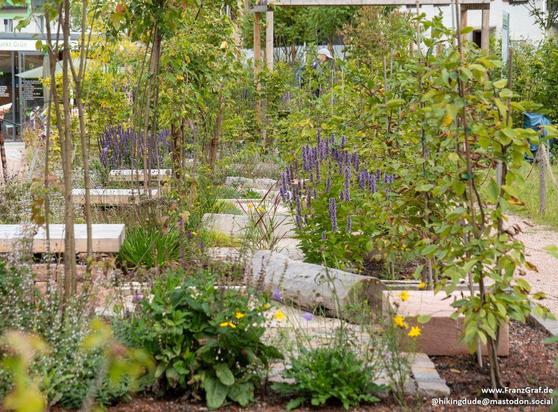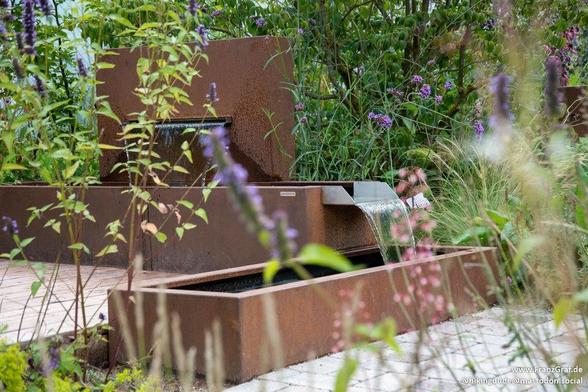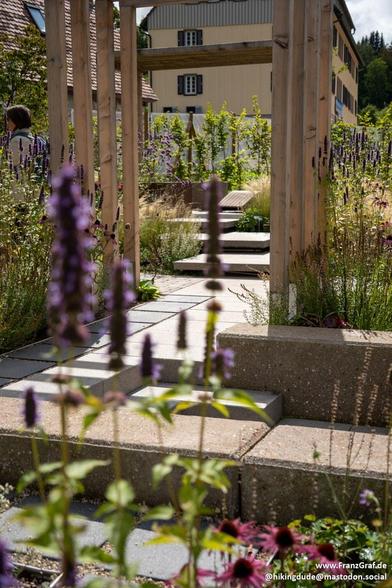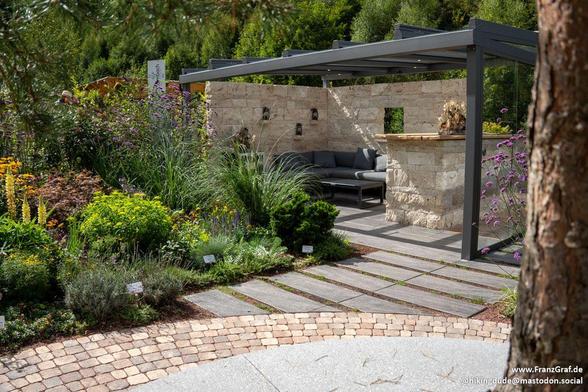2025-12-19 03:45:43
A broad retreat is underway in the nonprofit world.
After Donald Trump ordered his administration to root out “illegal” diversity, equity and inclusion efforts earlier this year,
opening the door to investigations and funding cuts for offenders,
more than 1,000 charities rewrote their mission statements in forms they filed this year with the Internal Revenue Service,
removing or minimizing language tied to race, inequity and historically disadvantaged communities.<…
2025-11-20 16:45:47
Nano Banana Pro is great at following instructions, generates interim "thought images", and makes full infographics with well-rendered text from a short prompt (Simon Willison/Simon Willison's Weblog)
https://simonwillison.net/2025/Nov/20/nano-banana-pro/
2025-10-13 06:16:23
Just finished "Beasts Made of Night" by Tochi Onyebuchi...
Indirect CW for fantasy police state violence.
So I very much enjoyed Onyebuchi's "Riot Baby," and when I grabbed this at the library, I was certain it would be excellent. But having finished it, I'm not sure I like it that much overall?
The first maybe third is excellent, including the world-building, which is fascinating. I feel like Onyebuchi must have played "Shadow of the Colossus" at some point. Onyebuchi certainly does know how to make me care for his characters.
Some spoilers from here on out...
.
.
.
I felt like it stumbles towards the middle, with Bo's reactions neither making sense in the immediate context, nor in retrospect by the end when we've learned more. Things are a bit floaty in the middle with an unclear picture of what exactly is going on politics-wise and what the motivations are. Here I think there were some nuances that didn't make it to the page, or perhaps I'm just a bit thick and not getting stuff I should be? More is of course revealed by the end, but I still wasn't satisfied with the explanations of things. For example, (spoilers) I don't feel I understand clearly what kind of power the army of aki was supposed to represent within the city? Perhaps necessary to wield the threat of offensive inisisia use? In that case, a single scene somewhere of Izu's faction deploying that tactic would have been helpful I think.
Then towards the end, for me things really started to jumble, with unclear motivations, revelations that didn't feel well-paced or -structured, and a finale where both the action & collapsing concerns felt stilted and disjointed. Particularly the mechanics/ethics of the most important death that set the finale in motion bothered me, and the unexplained mechanism by which that led to what came next? I can read a couple of possible interesting morals into the whole denouement, but didn't feel that any of them were sufficiently explored. Especially if we're supposed to see some personal failing in the protagonist's actions, I don't think it's made clear enough what that is, since I feel his reasons to reject each faction are pretty solid, and if we're meant to either pity or abjure his indecision, I don't think the message lands clearly enough.
There *is* a sequel, which honestly I wasn't sure of after the last page, and which I now very interested in. Beasts is Onyebuchi's debut, which maybe makes sense of me feeling that Riot Baby didn't have the same plotting issues. It also maybe means that Onyebuchi couldn't be sure a sequel would make it to publication in terms of setting up the ending.
Overall I really enjoyed at least 80% of this, but was expecting even better (especially politically) given Onyebuchi's other work, and I didn't feel like I found it.
#AmReading
2025-12-18 18:44:53
I haven’t tuned into CBS since its morning news promoted that interview (and Weiss) last week. This latest announcement validates my decision.
“CBS News launches town hall series featuring JD Vance following Bari Weiss’ ratings flop”
https://www.indep…
2025-11-16 22:38:29
‘Green’ energy transition leaves a dirty trail in the Philippines’ nickel belt https://news.mongabay.com/2025/11/green-energy-transition-leaves-a-dirty-trail-in-the-philippines-nickel-belt/
2025-10-05 07:50:30
One reason why we chose #Baiersbronn for our last vacation was the #Landesgartenschau (#Garden show?).
It would have been a gem for flower and garden
2025-12-15 09:20:41
Interviews with copywriters on generative AI's impact: job losses to AI, work used for training, falling wages and rates, freelancers losing clients, and more (Brian Merchant/Blood in the Machine)
https://www.bloodinthemachine.com/p/i-was-forced-to-use-ai-until-the
2025-12-15 14:45:57
Re: discourse about #FediSoWhite
I'm a white man. Was on Twitter throughout #BLM and gained an awful lot of free education from Black folks on there. That was the start of me consciously following diverse folks which is a strategy that's improved my life immensely.
Back on Twitter before the Muskening, there was a lot of diversity. Black Twitter was a thing, and not just first-world (anyone else remember "O jewa ke eng?"). When I went looking for people to follow to diversify my feed, I found them in abundance.
That's why it's so clearly false to me when people claim that the fediverse is secretly diverse, and why anyone making that claim sounds suspect to me. Sure there are a ton of great Black and other POC folks you can find on here, if you look hard. But it's nowhere near the levels of diversity and community that were on Twitter. Which you would know had you been following those people before, so now I have to assume you weren't, and wonder why you feel qualified to make statements about diversity even though you haven't made an effort to engage with diverse voices before?
Also, if you were actually following some of the excellent POC voices on here, you'd know that across different servers and interest groups, almost every group has had a discussion of #FediSoWhite at some point. If all the Black people you follow are independently talking about the lack of community and diversity here, you've either got to believe them or start putting on your clown makeup, and the later is absolutely a choice.
2025-10-10 13:21:09
Finished "Lobizona" by Romina Garber. I have extremely mixed feelings about this book. It's a powerful depiction of the fear of living as an undocumented child/teen and it has interesting things to say about rejection, belonging, and the choice between seeking to be recognized for who you are and wanting you blend in enough to be accepted as normal. However, it's also an explicit homage to Harry Potter, and while it doesn't include antisemitic tropes or glorify slavery or even have any anti-trans sentiments I can detect, to me the magical school setup felt forced and I thought it would have been a better book had it not tried to fit that mould. Also, it would have been a super interesting situation to explore trans issues, and while it's definitely fine for it not to do that, the author's praise of Rowling's work has me wondering...
There's a sequel that I think could in theory be amazing, but given the execution of the first book, I think I'll wait a bit before checking it out. By putting her main character in opposition to both ICE in the human world and the magical authorities in the other world, Garber explicitly sets the stage for a revolution standing between her protagonist and any kind of lasting peace. But I'm not confident she's capable of writing that story without relying on some kind of supernatural deus ex machina, which would be disappointing to me, since "a better world if only possible through divine intervention" is an inherently regressive message.
Overall, #OwnVoices fantasy centering an undocumented immigrant is an excellent thing, and I've certainly got a lot of privilege that surely influences my criticism. However, #OwnVoices stuff has a range of levels of craft and political stances, and it can be excellent for some reasons and mediocre for others.
On that point, if anyone reading this has suggestions for fiction books grappling with borders and the carceral state, Is be happy to hear them.
#AmReading
2025-10-27 03:00:46
Day 30: Elizabeth Moon
This last spot (somehow 32 days after my last post, but oh well) was a tough decision, but Moon brings us full circle back to fantasy/sci-fi, and also back to books I enjoyed as a teenager. Her politics don't really match up to Le Guin or Jemisin, but her military experience make for books that are much more interesting than standard fantasy fare in terms of their battles & outcomes (something "A Song of Ice and Fire" achieved by cribbing from history but couldn't extrapolate nearly as well). I liked (and still mostly like) her (unironically) strong female protagonists, even if her (especially more recent) forays into "good king" territory leave something to be desired. Still, in Paksenarion the way we get to see the world from a foot-soldier's perspective before transitioning into something more is pretty special and very rare in fantasy (I love the elven ruins scene as Paks travels over the mountains as an inflection point). Battles are won or lost on tactics, shifting politics, and logistics moreso than some epic magical gimmick, which is a wonderful departure from the fantasy norm.
Her work does come with a content warning for rape, although she addresses it with more nuance and respect than any male SF/F author of her generation. Ex-evangelicals might also find her stuff hard to read, as while she's against conservative Christianity, she's very much still a Christian and that makes its way into her writing. Even if her (not bad but not radical enough) politics lead her writing into less-satisfying places at times, part of my respect for her comes from following her on Twitter for a while, where she was a pretty decent human being...
Overall, Paksenarrion is my favorite of her works, although I've enjoyed some of her sci-fi too and read the follow-up series. While it inherits some of Tolkien's baggage, Moon's ability to deeply humanize her hero and depict a believable balance between magic being real but not the answer to all problems is great.
I've reached 30 at this point, and while I've got more authors on my shortlist, I think I'll end things out tomorrow with a dump of also-rans rather than continuing to write up one per day. I may even include a man or two in that group (probably with at least non-{white cishet} perspective). Honestly, doing this challenge I first thought that sexism might have made it difficult, but here at the end I'm realizing that ironically, the misogyny that holds non-man authors to a higher standard means that (given plenty have still made it through) it's hard to think of male authors who compare with this group.
Looking back on the mostly-male authors of SF/F in my teenage years, for example, I'm now struggling to think of a single one whose work I'd recommend to my kids (having cheated and checked one of my old lists, Pratchett, Jaques, and Asimov qualify but they're outnumbered by those I'm now actively ashamed to admit I enjoyed). If I were given a choice between reading only non-men or non-woman authors for the rest of my life (yes I'm giving myself enby authors as a freebie; they're generally great) I'd very easily choose non-men. I think the only place where (to my knowledge) not enough non-men authors have been allowed through to outshine the fields of male mediocrity yet is in videogames sadly. I have a very long list of beloved games and did include some game designers here, but I'm hard-pressed to think of many other non-man game designers I'd include in the genuinely respect column (I'll include at least two tomorrow but might cheat a bit).
TL;DR: this was fun and you should do it too.
#30AuthorsNoMen








